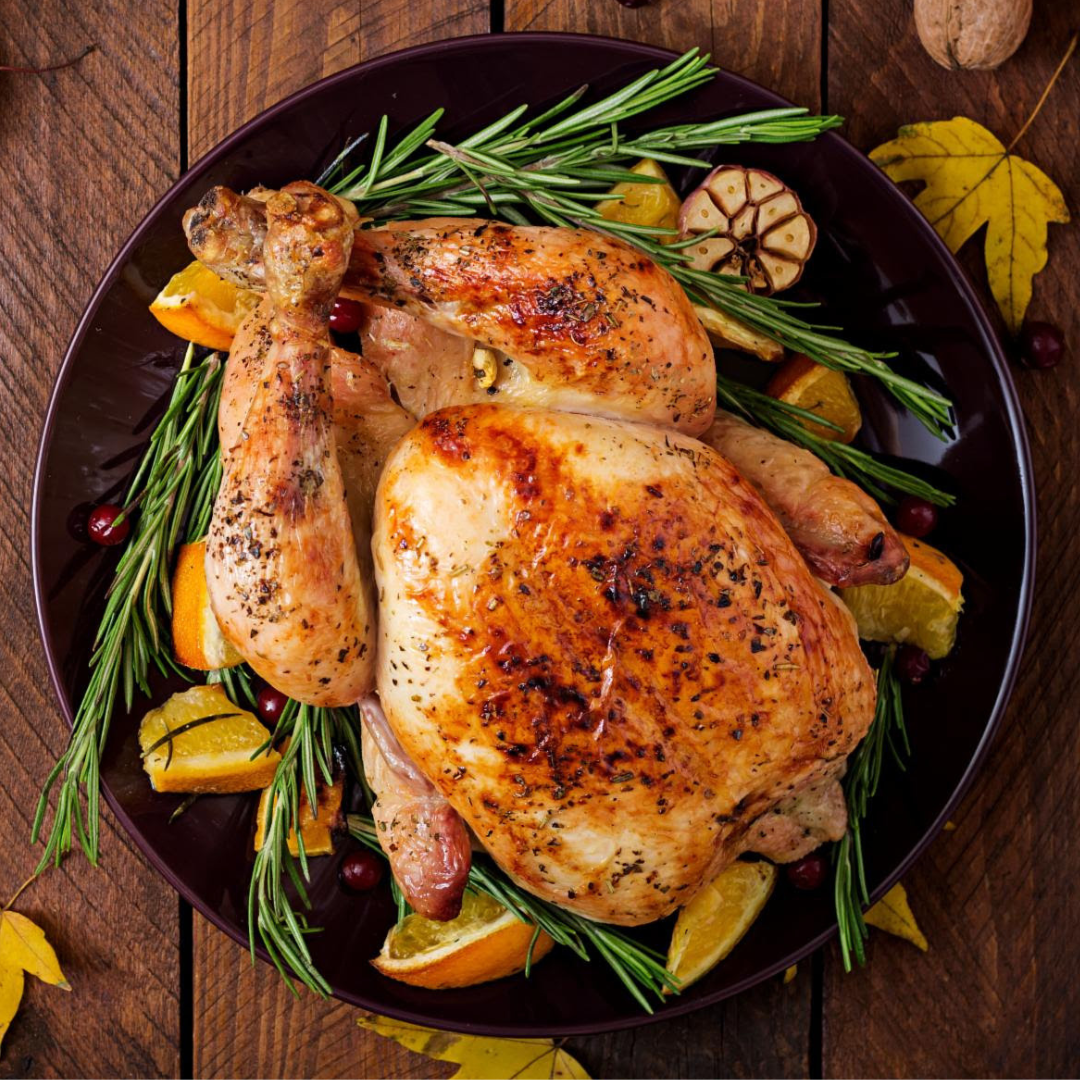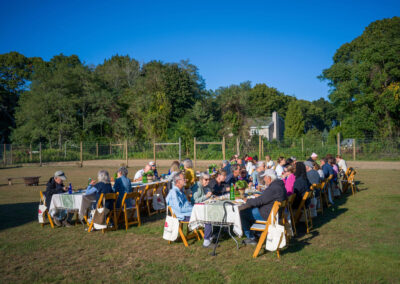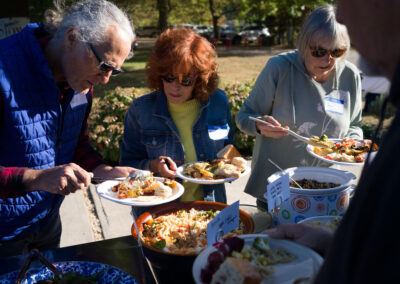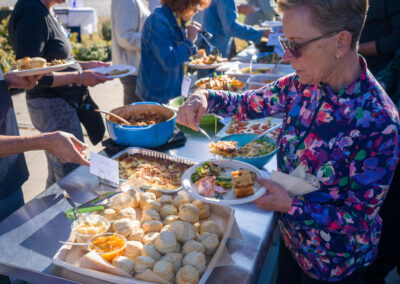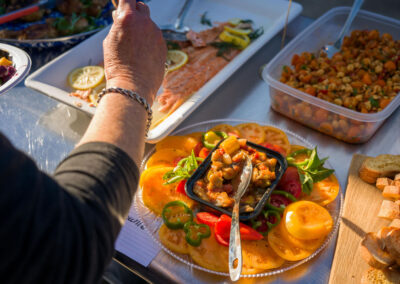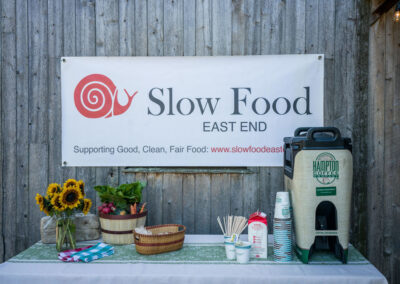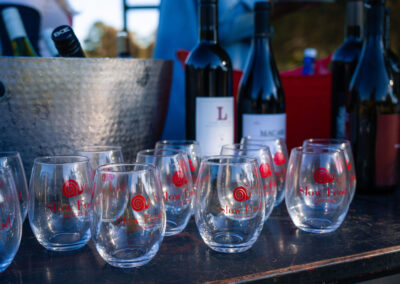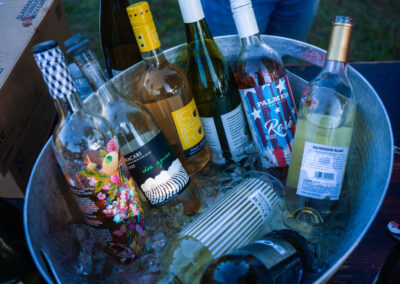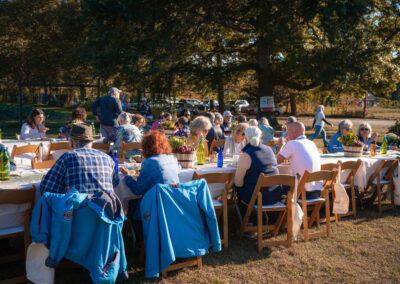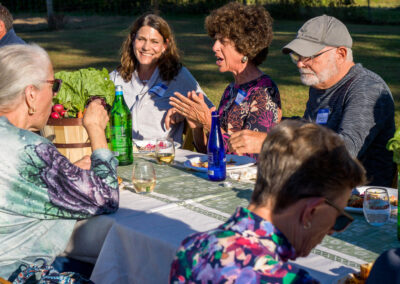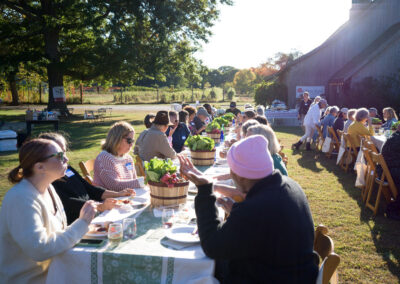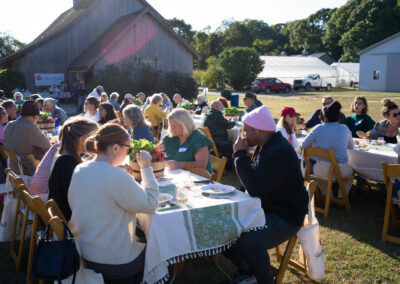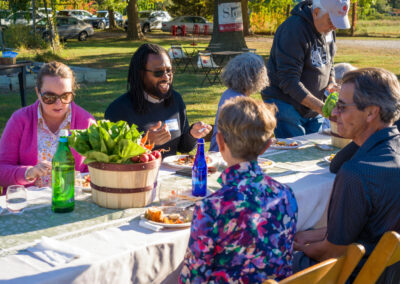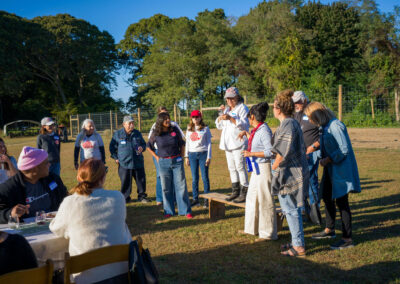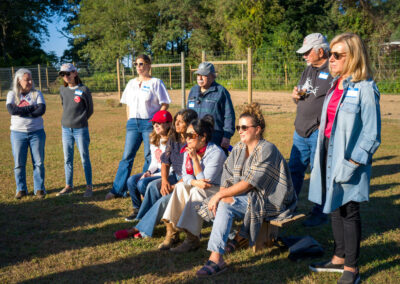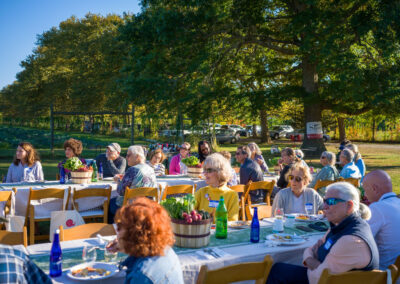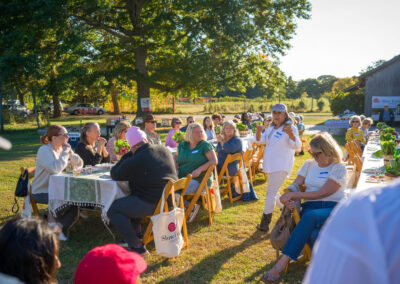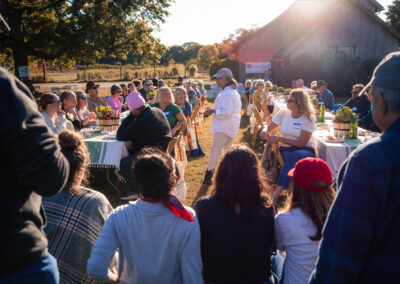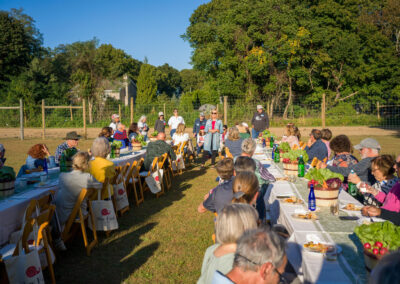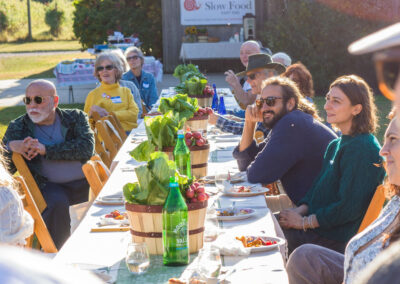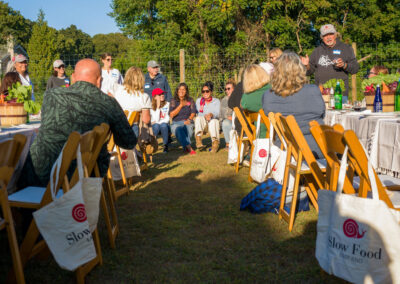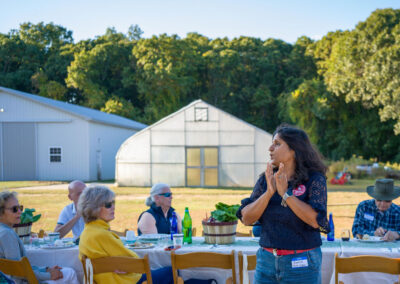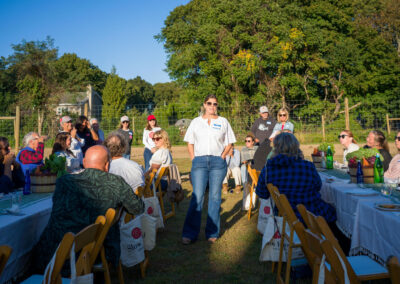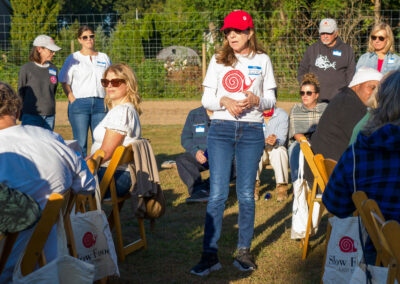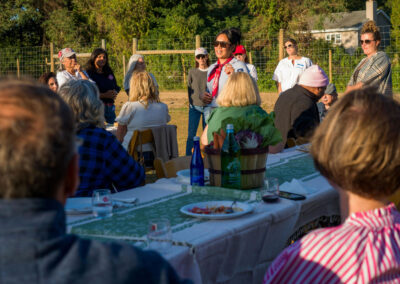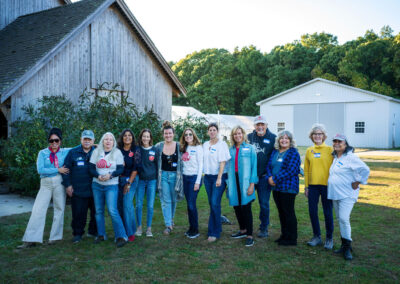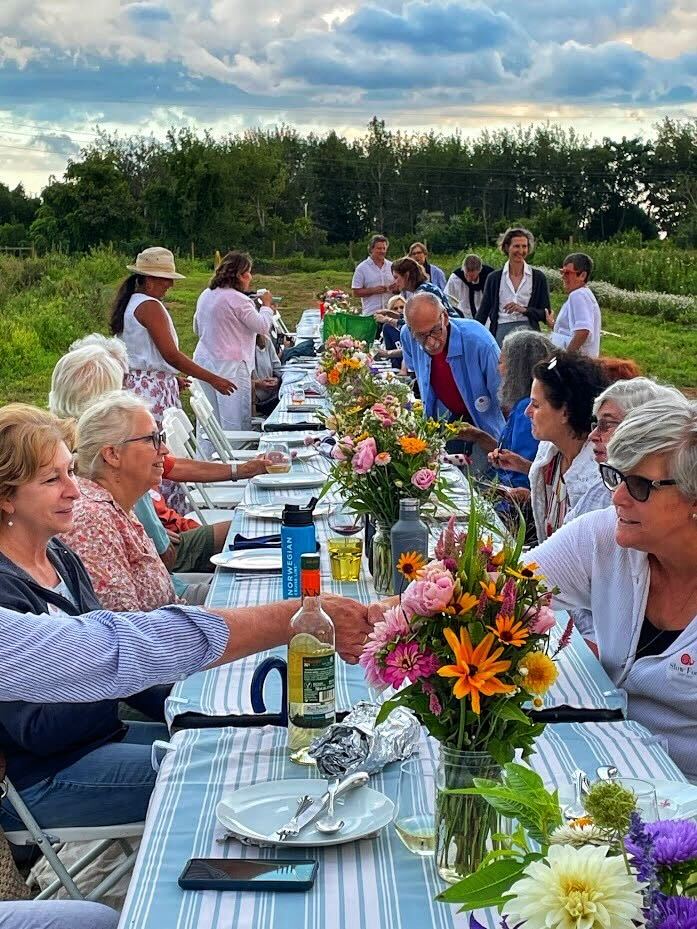As many of you have probably heard, we are transitioning our Flour Power program from bi-weekly baking to quarterly bakes, delivered in partnership with local pantries. This quarter, we are thrilled to support CAST with its Thanksgiving initiative, aiming to deliver at least 150 loaves of our nutritious bread. Since 2020, CAST has been working with partners to provide turkeys, chickens, and all the fixings for Thanksgiving meals to hundreds of local families across the North Fork and Shelter Island. What better way to support our goal of combating food insecurity than by including our bread in these holiday meals!
Thanksgiving Bread Goals
We want our Flour Power breads to be part of each family’s Thanksgiving pickup—because let’s face it, what’s Thanksgiving without bread? Our plan is to deliver breads to CAST on Monday, November 25 for baskets that will be distributed on the following day. CAST expects to make 500 baskets this year!
Dropping off your bread to CAST
Address: CAST: 53930 Main Rd., Southold
Drop-Off Dates and Hours: November 25 from 9 AM to 2 PM
Our SFEE Flour Power cooler will be outside ready for your loaves.
Alternative drop-off for South Fork bakers
Bread can also be delivered to St. Joseph Villa on Monday, November 25 from 9 AM to 2 PM in the Flour Power cooler, 81 Lynn Ave, Hampton Bays.
Bake Ahead and Freeze
We know this time of year can get busy with your own Thanksgiving plans, so we encourage you to bake early and freeze your loaves. If you’re able, we’d love for you to bake more than once.
Here are instructions to guide you in freezing the bread so it stays fresh for our recipients.
To freeze your loaves:
Let your freshly baked loaves cool completely.
Once they are completely cooled, wrap them in aluminum foil and then put each wrapped loaf in a sealed zip-top plastic bag.
On the day of donation, remove the loaves from the freezer, unwrap them, and put them directly into our Flour Power bags (provided at drop-off locations) No thawing is necessary.
Alternative Drop-Off Location
If you have limited freezer space or can’t deliver on the scheduled CAST dates, we’ve arranged an alternative drop-off location, The Vine at North Fork United Methodist Church, which has a large freezer available.
Dropping off your bread early at United Methodist Church
Address: United Methodist Church: 43960 CR 48, Southold, NY
Drop-Off Dates and Hours: November 11, 14, 18 and 21 from 10:30 AM to 12:30 PM
Please deliver your bread wrapped in aluminum foil. When we transfer the frozen loaves to CAST, we will put them into our traditional Flour Power paper bags with labels. If you have any issues in delivering to the church, please contact Becky Chidester at bachidester@gmail.com
Please register at the button below for planning purposes.
Thank you for your continued support and dedication to sharing the love of baking with our community. Together, we can make this Thanksgiving special for many families.
Happy Baking!




